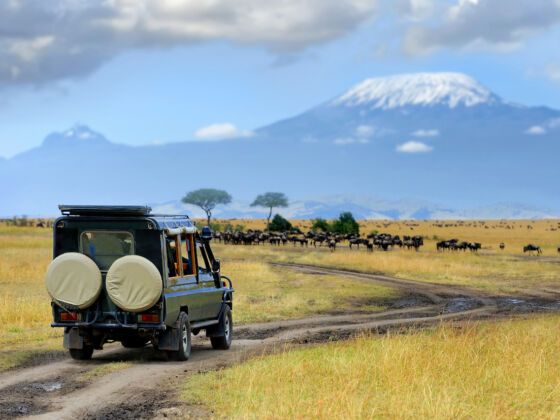1. Mt. Kenya National Park
Home to Africa’s second-highest peak (at just over 17,000 feet), Mt. Kenya National Park is the only place in the world where you can find glaciers on the equator.
Hire a guide and some porters (I climbed with Summit Ventures) and spend 4-7 days exploring one of nature’s most diverse ecosystems. Watch the spectacular sunrise from the peak: on a clear day you can see the peaks of Kilimanjaro and Mt. Meru (Africa’s 3rd highest) in neighboring Tanzania.
Buffalo, lions, leopards, giraffes, and elephants are some of the big game to spot.
